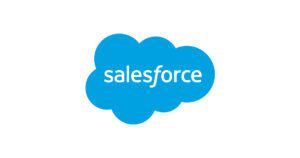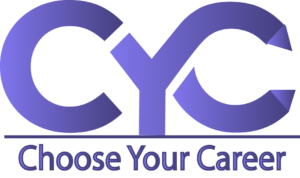SALESFORCE is the fastest growing platform with top Customer Relationship Management (CRM) service available in the industry making it the most valued technology in the global market. By combining cloud computing and CRM service SALESFORCE created a technology that can store data, access data and also analyse sales based on the data in the cloud, making it a top priority technology for many companies in the global market.

In this tailored SALESFORCE training course, we make sure that each and every detail is coved and the student is left with real-time hands on experience. We cover:
- SALESFORCE administration
- SALESFORCE development
- SALESFORCE lightening
- SALESFORCE integration
- SALESFORCE CRM service
Prerequisties
- None
Duration
Online
- The format is 10% theory, 90% Hands-on.
- It is a 90 days program and extends up to 2 hrs each.
Corporate
- The format is 10% theory, 90% Hands-on.
- It is a 45 days program and extends up to 8 hrs each.
Classroom
- Private Classroom arranged on request and minimum attendees for batch is 5.
Course Content
Could Computing Introduction
a) Introduction
b) Evolution of Could Computing
c) Comparison with Other computing techniques
d) Characteristics of Cloud Computing
e) Advantages and Disadvantages
f) Classification of Cloud Services
- PAAS (Platform As A Service)
- SAAS (Software As A Service)
- IAAS (Infrastructure As A Service)
Environments & Identity
a) Types of Production, Sandbox Environments.
b) Registering with Developer Organization.
Salesforce.com Overview
a) Market, Sales & Service Clouds.
b) Intro of SFDC, Navigations.
c) SFDC Architecture.
Data Modeling
a) Overview of force.com Objects.
b) Overview of Custom Objects and Fields.
c) Object Relationships.
d) Custom & console apps.
e) Tabs, Page Layouts& Record Types.
f) Formulas & Validations.
Automation Process
a) Workflows.
b) Approval Process.
c) Flows.
d) Process Builder.
User Management
a) Set up users and control How they can view or edit your business data.
b) Profiles.
c) Roles.
d) Groups.
e) Queues
f) Permission Sets
Business Management
a) Business Process.
b) Lead Management.
c) Opportunity Management.
d) Case Management.
Data Management
a) Reports.
b) Custom Report Types.
c) Dash Boards.
d) Share, Schedule, and Subscribe to Reports and Dashboards.
Data Security Management
a) Overview of Data Security.
b) Control Access to the Organization.
c) Control Access to Objects.
d) Control Access to Fields.
e) Control Access to Records.
f) Create a Role Hierarchy.
g) Define Sharing Rules.



